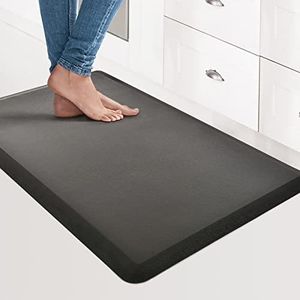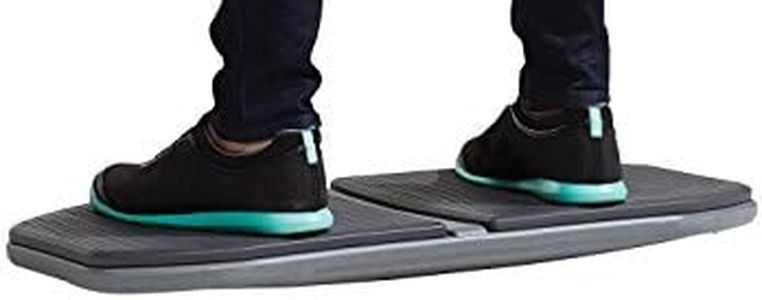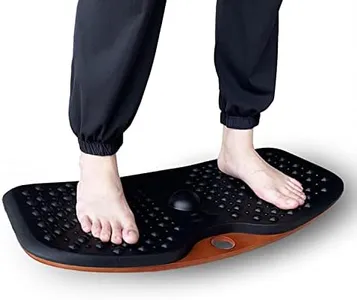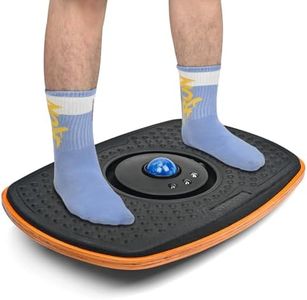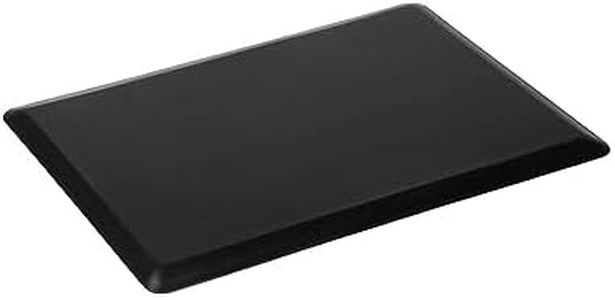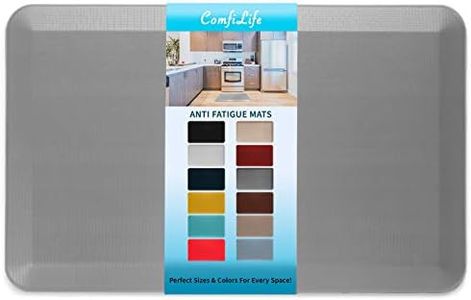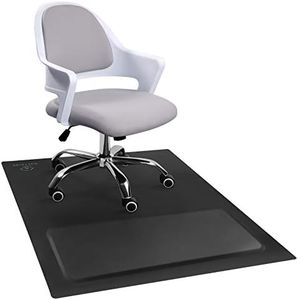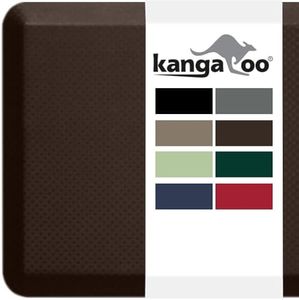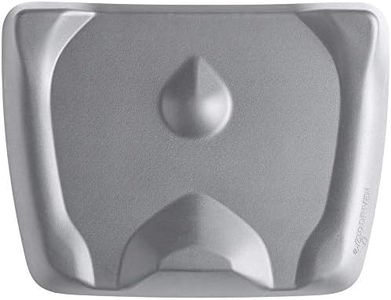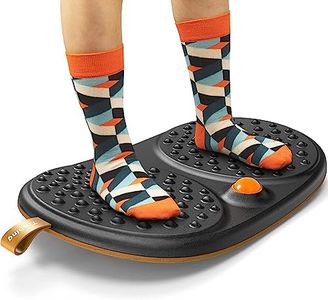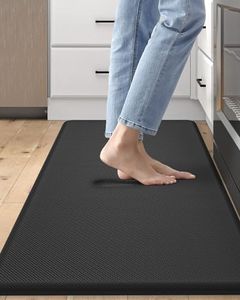We Use CookiesWe use cookies to enhance the security, performance,
functionality and for analytical and promotional activities. By continuing to browse this site you
are agreeing to our privacy policy
10 Best Standing Desk Pads
From leading brands and best sellers available on the web.Buying Guide for the Best Standing Desk Pads
Standing desk pads are essential accessories for anyone using a standing desk, as they provide cushioning and support to reduce fatigue when standing for long periods. Picking the right one can make a noticeable difference in your comfort and standing endurance. When choosing a standing desk pad, you want to consider several key aspects that affect comfort, durability, and suitability for your workspace. Understanding what each feature means will help you select the perfect fit for your needs.ThicknessThickness refers to how deep or cushioned the pad is. It’s important because it determines the level of comfort and support for your feet and legs. Pads generally range from thin (around 0.5 inches) to very thick (over 1 inch). Thinner pads offer some relief but may be better for short standing periods, while medium thickness (about 0.75 inches) balances comfort and stability for most users. Thicker mats provide more cushioning but may feel less stable or make it harder for people with balance issues. For longer standing times, a medium to thick pad is usually ideal, but if you prefer more solid footing or move your chair often, a thinner pad might suit you better.
MaterialThe material of a desk pad affects its softness, durability, and ease of cleaning. Most pads are made from foam, gel, or rubber. Foam mats are lightweight and provide good cushioning, but can compress over time. Gel mats offer a springier feel and often last longer but can be heavier to move. Rubber mats are durable and easy to clean, though sometimes firmer than foam or gel. If you need something lightweight and comfy, foam is great; for longevity and a solid feel, consider gel or rubber materials.
Surface TextureSurface texture refers to how the top of the pad feels underfoot and influences grip and comfort. Some pads are smooth, which can feel soft against your feet but may be slippery if you wear socks. Others have a textured or patterned surface, providing better grip and sometimes a subtle massaging effect. If you tend to shift your stance or move around a lot, a textured surface can help prevent slipping, while a smooth one might be more comfortable if you prefer standing still.
SizeSize determines how much area the pad covers and is important to ensure you have enough room to move your feet comfortably while standing. Pads range from compact designs just under your feet to wider mats that let you shift your stance or even walk a bit. If you work at a small desk or don’t move much, a compact pad may be sufficient. If you like to move side-to-side or your workspace is spacious, a larger pad will offer more freedom without stepping off the edge.
Bevelled EdgesBevelled edges are sloped sides that help prevent you from tripping over the pad. This feature increases safety, especially in busy offices or shared spaces where people might not expect a mat on the floor. Mats without bevelled edges can be a tripping hazard, so if you share your workspace or move around a lot, look for a pad with gently sloped sides.
Ease of CleaningThis refers to how simple it is to keep the mat clean and free from dust or spills. Some materials are easier to wipe down than others; rubber mats are particularly simple to clean, while lighter-colored foam mats might stain more easily. If you snack at your desk or expect to use the pad in a high-traffic area, choosing an easy-to-clean surface will help your pad stay fresh and looking good.


